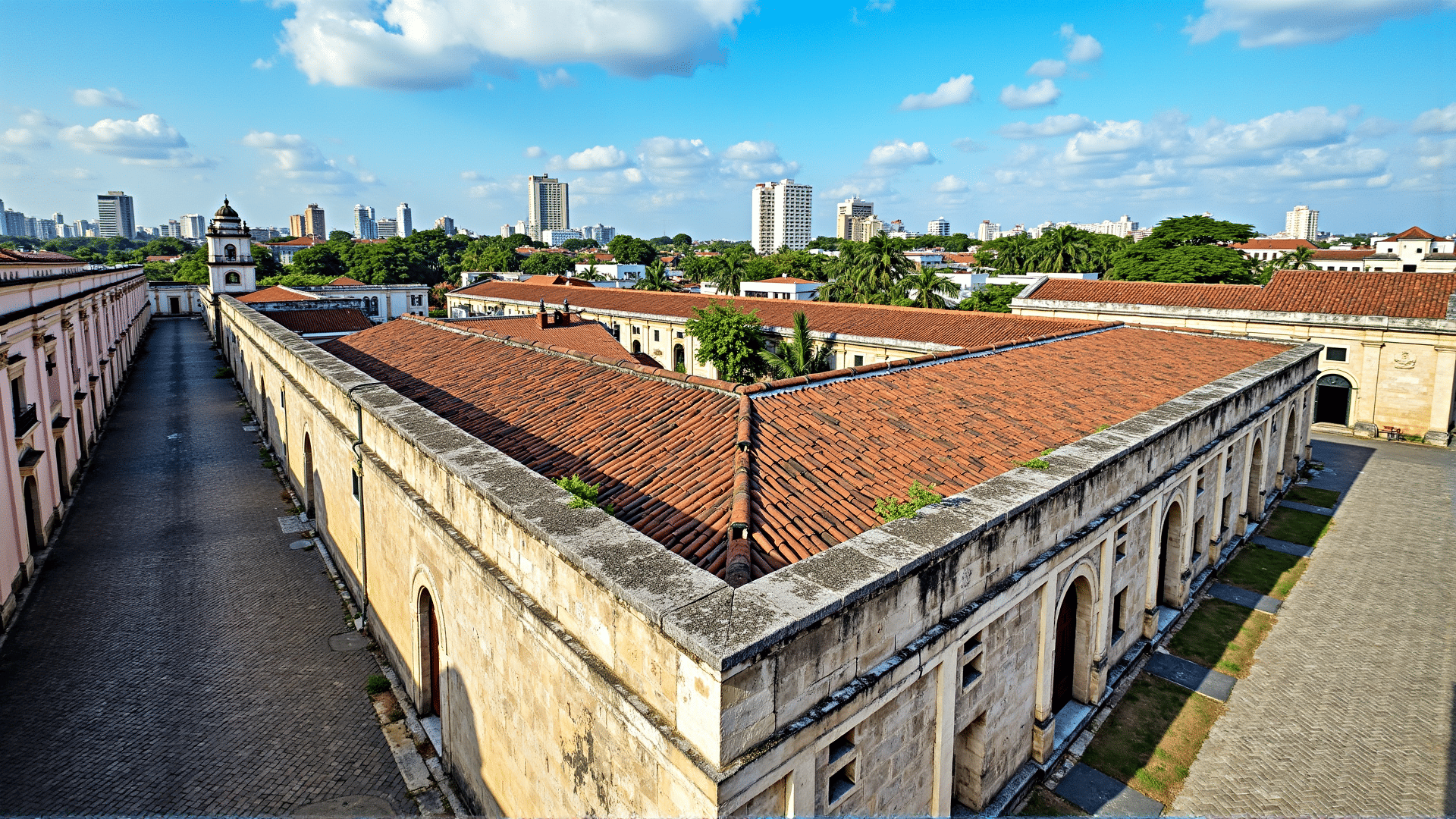Located at the heart of Manila, Intramuros serves as a vivid reminder of the Philippine capital's vibrant past. Stepping through its ancient gates feels like traveling back to a time when Manila was marked by cobblestone streets, horse-drawn carriages, and the rule of Spain.
Constructed in the late 16th century, the walled city played a strategic role as the Spanish seat of power in Asia. Its name, derived from the Latin words "intra" and "muros," meaning "within walls," captures the essence of this fortified city. The expansive stone walls, rising to 22 feet high and stretching nearly 3 miles, were designed to protect the settlers from both foreign invaders and local uprisings.
One of Intramuros' most striking features is Fort Santiago, a citadel that bears the stories of countless individuals who passed through its gates. It was here that Dr. José Rizal, the national hero, was imprisoned before his execution in 1896. Today, the Rizal Shrine inside the fort stands as a tribute to his life and works, offering visitors a glimpse into the challenges and triumphs of a man who inspired a nation.
Walking through the district, you will encounter the impressive Manila Cathedral, which serves as a testament to architectural resilience. Over the centuries, it has been rebuilt multiple times due to earthquakes, fires, and the ravages of war. Its intricate façade and majestic bell towers draw both history enthusiasts and passing travelers alike.
Nearby, the baroque-themed San Agustin Church, a UNESCO World Heritage Site, is the oldest stone church in the country. Its serene beauty, meticulously crafted carvings, and the adjoining monastery museum highlight the ecclesiastical influence that shaped the region's cultural landscape.
The echoes of Spanish influence are evident not just in the grandiose structures but also in the charming casas and plazas that dot Intramuros. Casa Manila, a reconstruction of a Spanish colonial home, offers a nuanced view of domestic life during colonial times. Its antique furnishings, artwork, and lush inner courtyard create an immersive experience for visitors.
Intramuros is more than just an architectural marvel; it is a living, breathing narrative of Manila's storied past. Efforts to preserve and revitalize the area have transformed it into a cultural hub, showcasing art exhibitions, performances, and culinary festivals that celebrate both historical and contemporary Filipino culture.
Visitors to Intramuros are invited to explore the layers of time that have left their mark on this enchanting enclave. From the rhythmic sway of a kalesa to the profound silence of the chapel interiors, every corner of Intramuros holds a secret yearning to be discovered. Walking its streets is to celebrate a heritage that, while centuries old, continues to whisper stories of resilience and transformation to all those who tread upon its timeworn stones.
